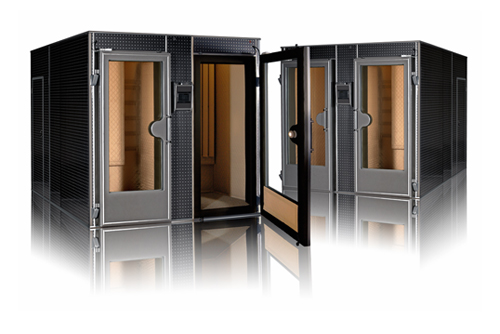Cold therapy with cold nitrogen vapor by the KRIOPOL R ver. 3 device
 Healing with cold (cold stimulation) is an increasingly common method in the treatment of rheumatic diseases, motor organ diseases, injuries, swellings, burn injuries etc.
Healing with cold (cold stimulation) is an increasingly common method in the treatment of rheumatic diseases, motor organ diseases, injuries, swellings, burn injuries etc.
KRIOMEDPOL Sp. z o.o company has developed a simple and reliable device, which makes the effective and successful application of cold stimulation possible, ensuring the utmost comfort and safety of the patient. At the output of the nitrogen vapor stream nozzle, at the end of the flexible hose, it reaches operational temperature approximately 30 seconds after turning on the device (-160°C). The intensity of the flow can be controlled step by step, depending on the size of the cooled surface.
The pain alleviating effect of low temperature makes the full kinesis therapy of the joints possible.
Currently cold stimulation can’t replace the use of treatment with medications, even though such treatment is a lot less intensive with the application of cold stimulation. Pain alleviation activates the patient, improves his mental state, and assists him in exercise, which he couldn’t perform because of the pain. An important aspect of cold stimulation is ideal surgery tolerance. In the case of patients treated by this method, the amount of intravenously applied steroid injection is significantly lower. The intravenous application of the preparation may result in possible damage to cartilage – the non-invasive procedure, which is represented by local vapor stream, makes the complete prevention of traumatized tissue possible.
In certain cases, thanks to cold stimulation, surgery can be avoided for patients in the case of whom because of the pathological thickening of the articulation membrane synovectomy has been indicated. A procedure with the application of cooling results in strong endogen heating of the joints, to a value in excess of the output temperature by 3 to 4°C and its effect endures for 3 to 4 hours.
After the cold treatment:
- Pain is alleviated
- The activity of the inflammatory process is reduced
- Muscle tension is reduced
- Swelling is reduced
- Clinical and functional condition improves, which consists of the increased motion range of cooled joints and the enhancement of muscle strength
- The condition following burn injuries is moderated
- The healing process after injuries is shortened
Recommended for (indication)
- Rheumatoid arthritis (RA)
- Spondylitis ankylopoetica or Bechterew’s disease (SPA)
- Degenerative joint disorders
- Neck region spine syndrome
- Periarticular inflammation
- “Frozen shoulder” syndrome
- Torn tendon, inflammation around the tendons, tendon inflammation
- Dislocations, sprains, fractures
- Post-surgery swellings
- Burn injuries
Not recommended (Contra-indication)
Peripheral circulatory disorders and trophic skin and subdural lesions following them.
ATTENTION!
We should perform the cooling procedure of the specific body surface of the patient with visual monitoring, with particular attention to the discoloration of the skin, since if the treatment head is held in one place for an excessive time it may result in the “hypothermia” of the epidermis. In these kinds of cases, by placing our hand on the “over-cooled” skin surface we can draw away the “excess cold”. The principle of the performance of the procedure is to commence with the parts with the largest muscle mass, then gradually proceed to the parts with smaller muscle masses.
Nitrogen consumption on specific levels:
- On level 4 approximately 17.5 dkg/minute
- On level 3 approximately 15 dkg/minute
- On level 2 approximately 12 dkg/minute
- On level 1 approximately 10 dkg/minute
- In the cases of the active “plus 1” or “plus 2” functions, the nitrogen consumption is 50% of the nominal consumption.
The volume of the TR 26 container is 26 dm3 or 20 kg. From a structural point of view the utilization of the entire amount of nitrogen is not possible, 1.5 kg will remain in the tank. Beside the nitrogen loss directly originating from the usage of the device, spontaneous loss caused by evaporation also occurs. The maximum amount of daily spontaneous loss doesn’t exceed 0.40 kg, in the case of a built in heating element, and 0.20 kg per day in the case of a removed head.









